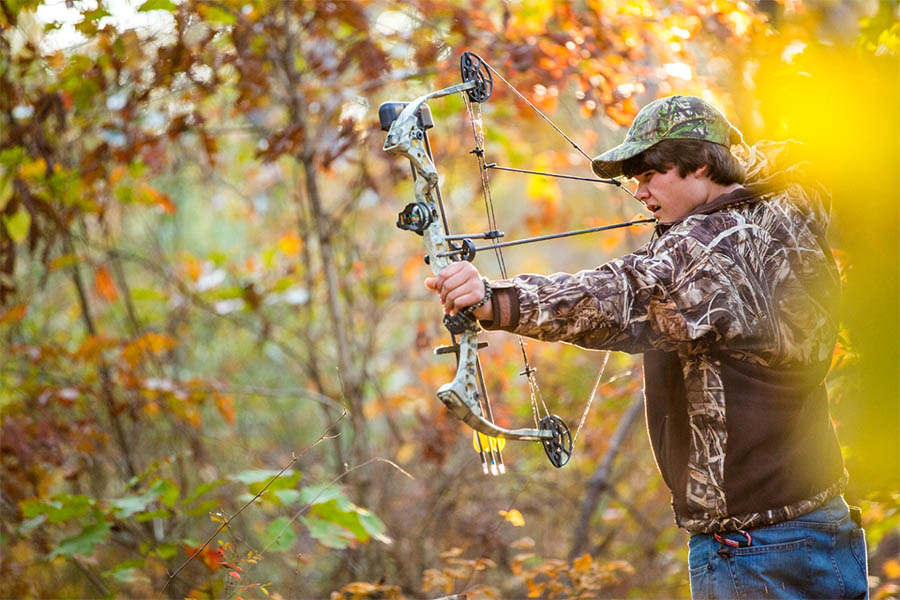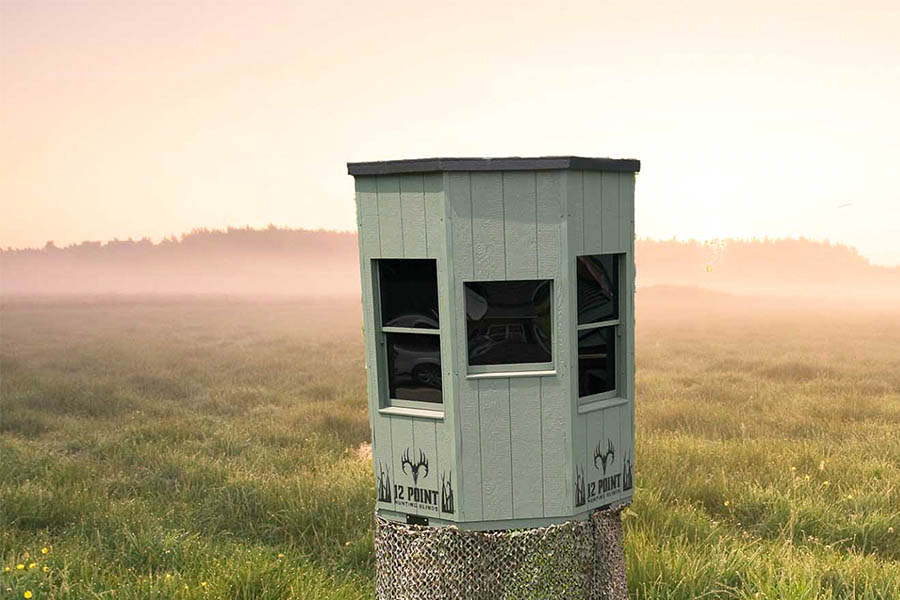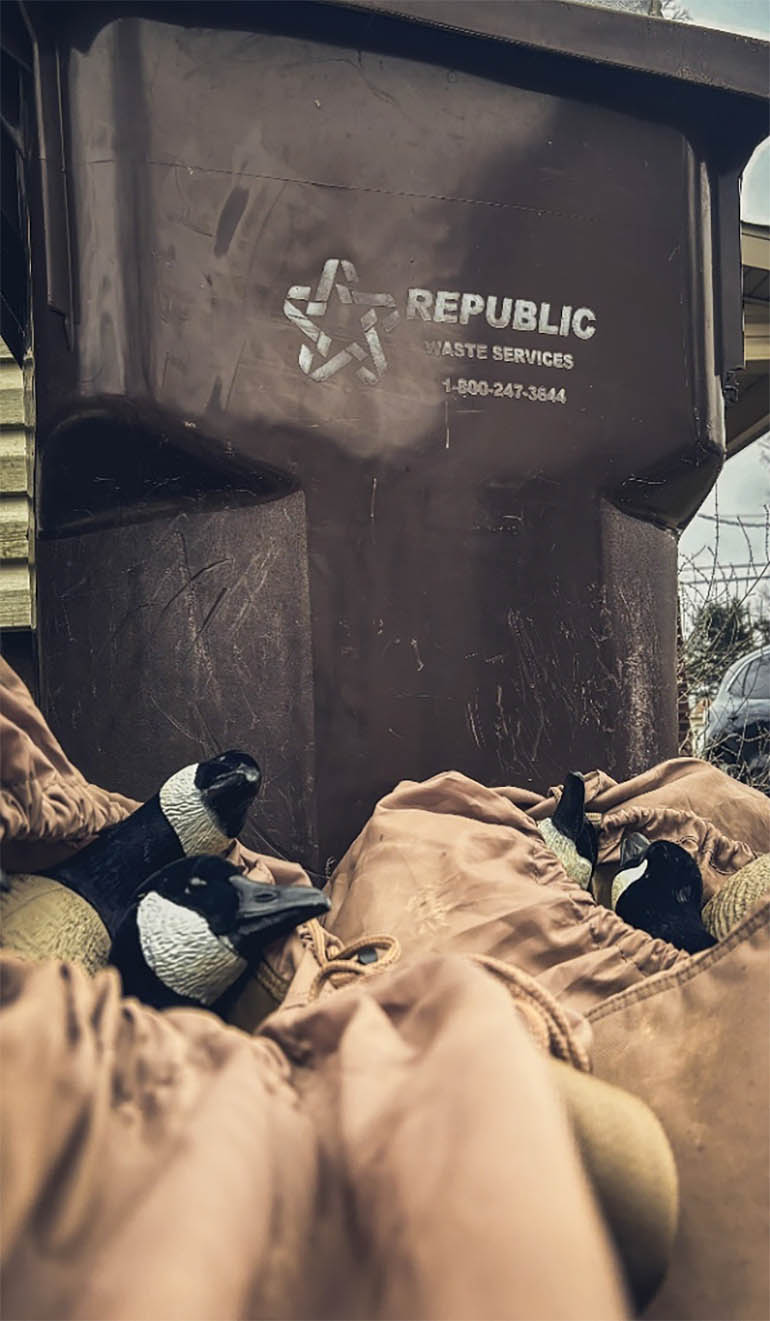Laying the Perfect Goose Spread
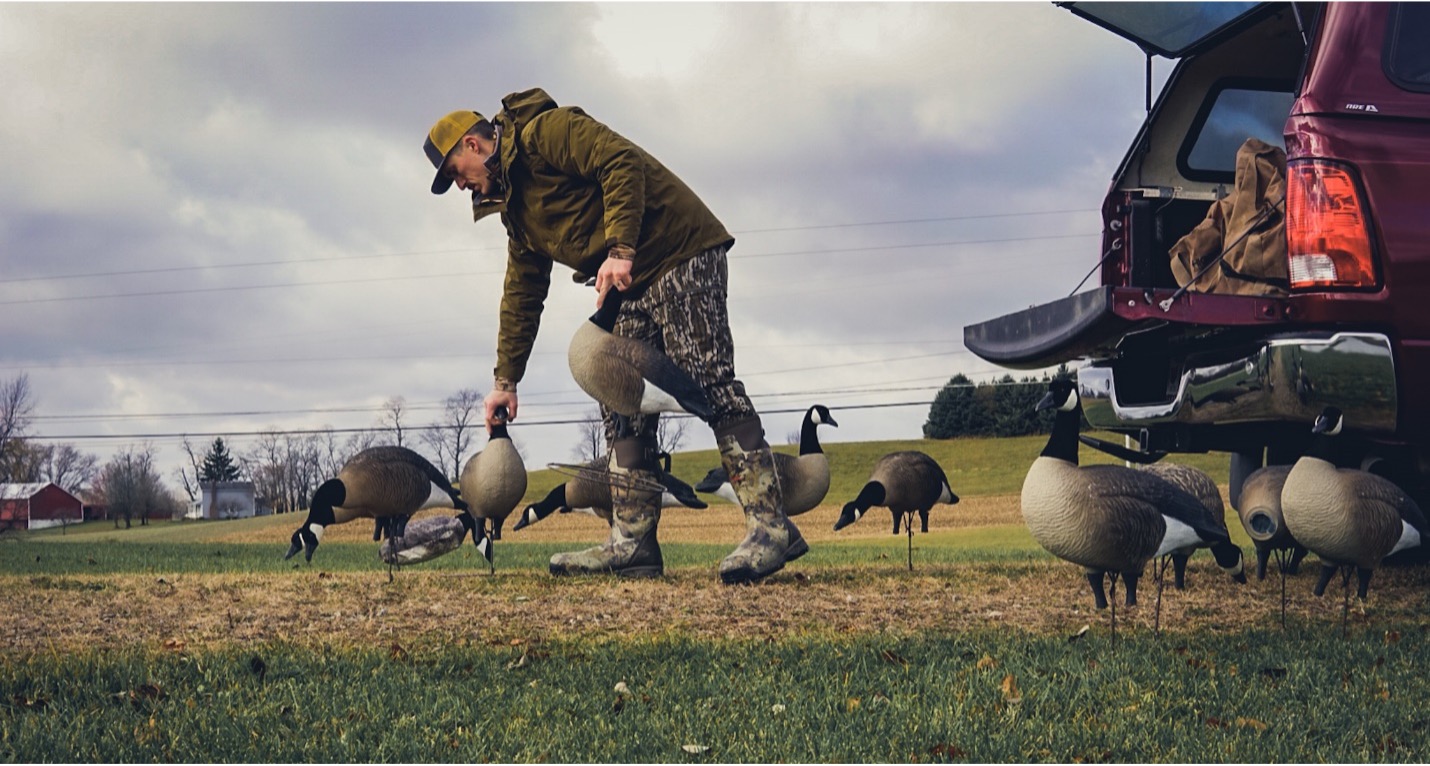
From a passerby’s perspective, a goose decoy spread may look like a hodge-podge of randomness spread across a cut cornfield but ask any hardcore waterfowler and they will likely tell you that it is an art form. You can ask 10 people how they lay their spread and you will get 10 different answers. This is because there is really no right or wrong way when it comes to setting up a good-looking goose decoy spread. Most of the answers you will hear are all based on conclusions drawn through much trial and error. I myself had to learn the hard way by doing my own research and failing often before I started to find what I felt worked for me. So let me save you some time and break down my idea of the perfect goose spread.
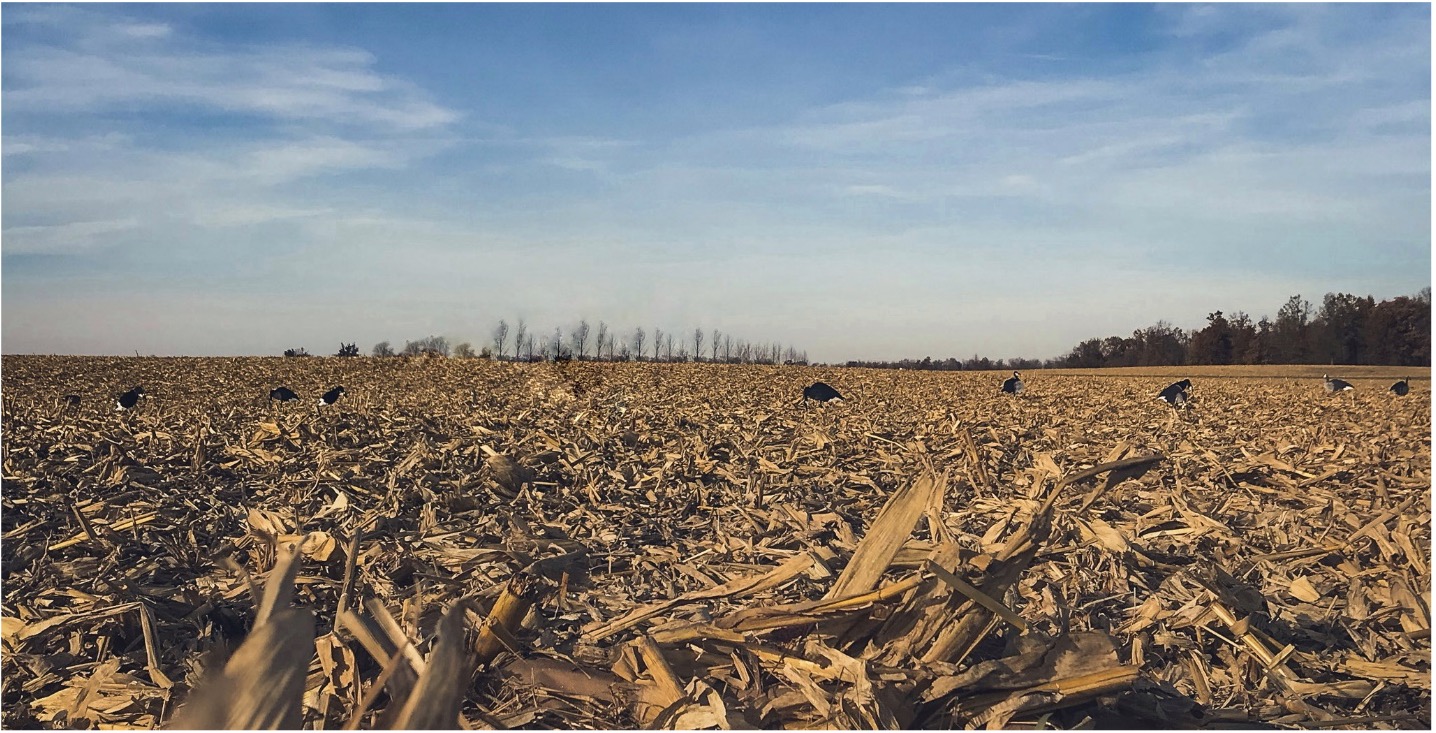
Shape of U
You could give me any decoy in the world whether that be a sock, full-body, silhouette (called silos for short) or any combination thereof and I could kill birds. But if the shape is all wrong, the birds aren’t going to be cooperative. Now this does not mean that I believe there is only one way to set up your decoys, but I do believe that if you pay attention to the intricacies of your configuration, more birds will be more willing to commit. To do this, there needs to be an emphasis on lanes and gaps.
Gaps are what make the kill hole. You need to leave space for the birds to land, I prefer a U type shape, so that you can guide them in front of your shooting lane. This idea is pretty straight forward for most experienced waterfowlers, but one tactic that I feel that isn’t always considered is the establishment of escape lanes.
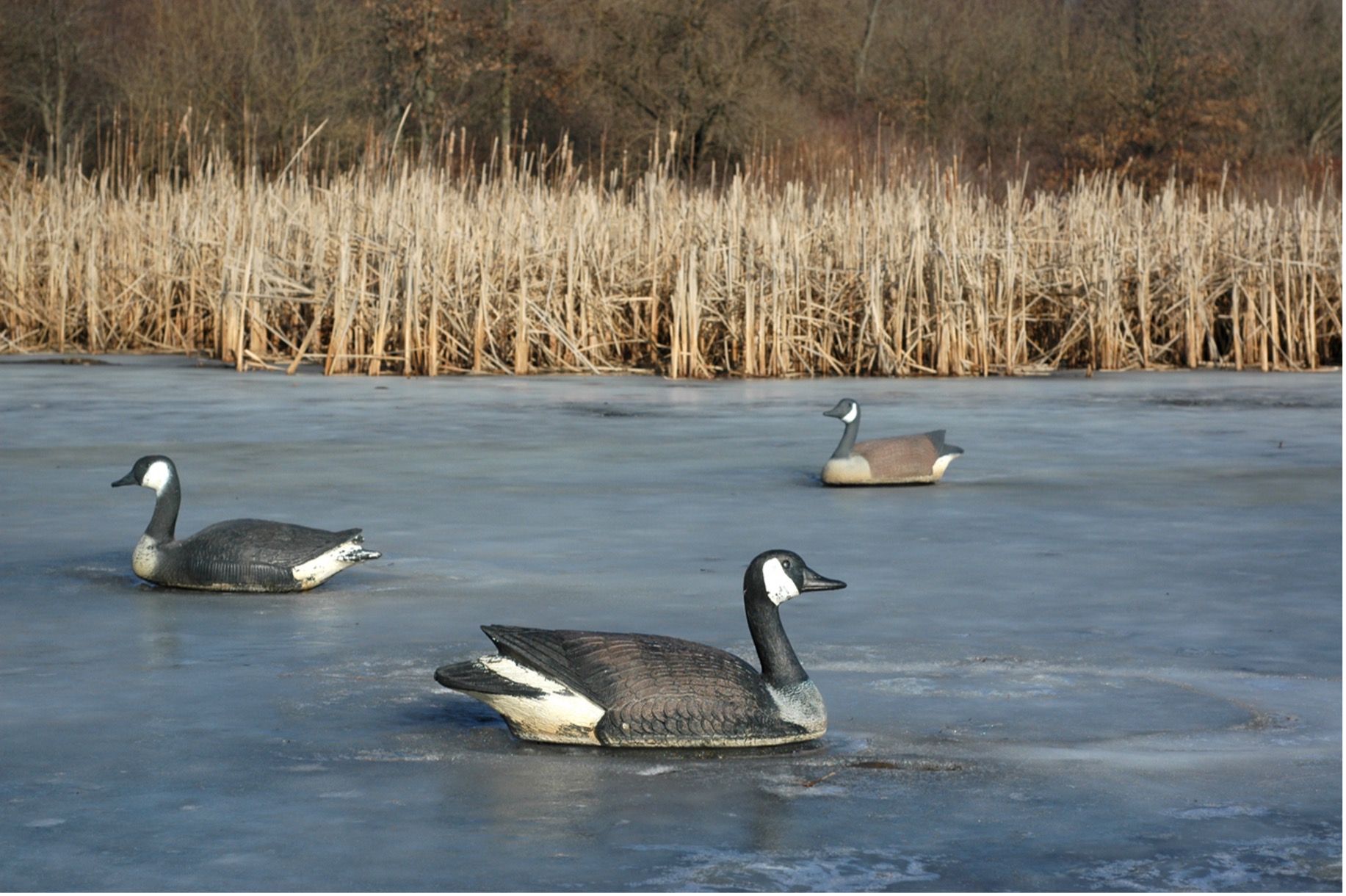
These are especially important as birds become wearier in the late season. Leaving escape lanes helps make shifty birds feel safer and also welcomes them to take a second attempt at landing if they flare off the first time around. Unlike a U shape, which has decoys blocking the birds’ path, an escape lane creates a complete opening in the spread. This doesn’t force birds to have to fly over your decoys, which they tend to avoid from my experiences.
Realism
There are countless makes and models when it comes to decoys and each one offers a different touch of realism. On one end of the spectrum, you have black and white silos, which are the most basic and unrealistic decoys on the market. These decoys have a goose shape, but no other discernible details. On the opposite end you have full-body decoys which lack little in realism due to their 3D nature. You even have some people who go to the extreme and will only use stuffer (taxidermied) decoys when they hunt. When laying your Canadian goose decoy field spread, the key with using any of these decoys is to know where they should go in terms of location to the kill hole and when to use each type.
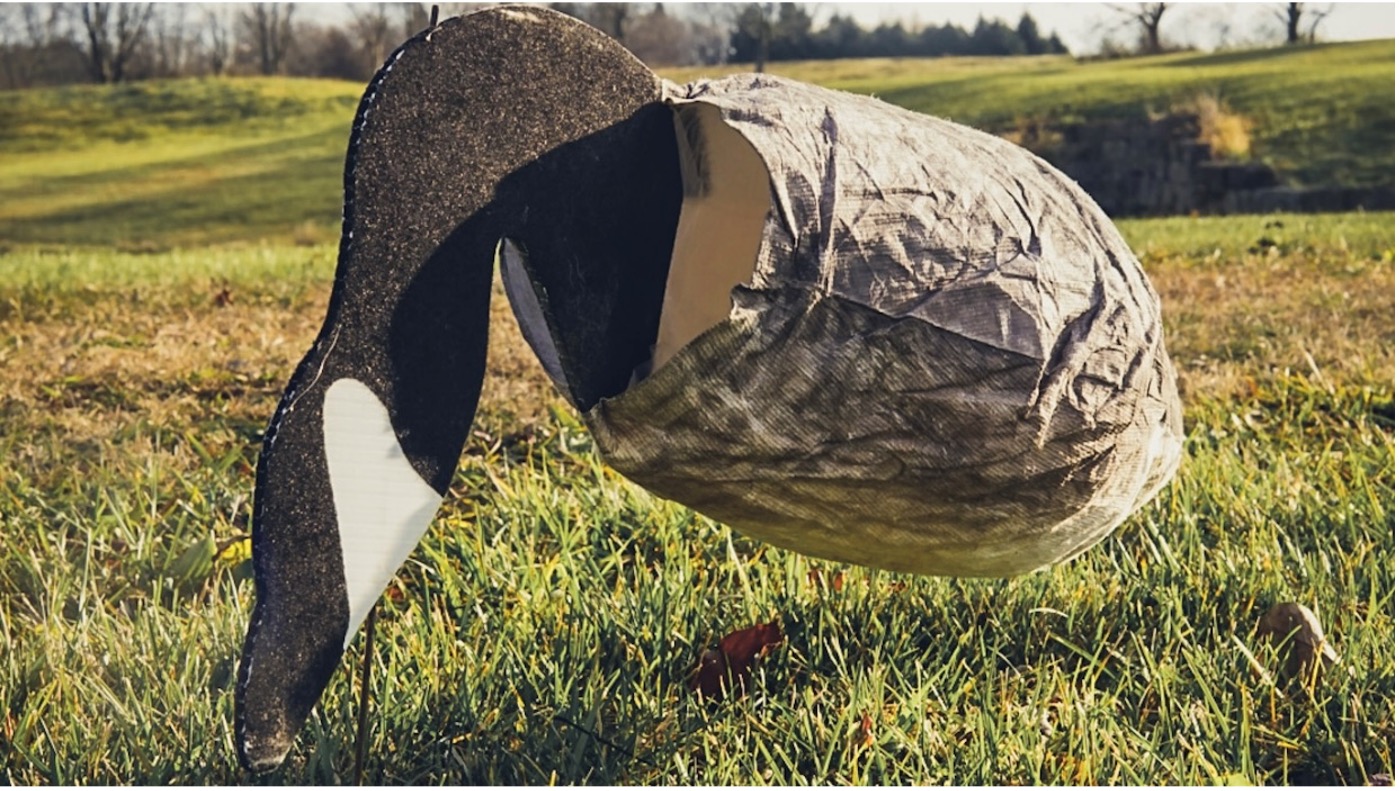
Early on in the season birds are uneducated and thus allow more room for error on the hunter’s part. It is this time of year that less realistic decoys shine. As the season progresses though, birds become more suspicious and thus require a little more convincing. It can be beneficial for a hunter to shift to using more full-body decoys in their spread in the late season to help fool these educated birds. The one rule of thumb that I always follow, regardless of the type of decoys I am using, is to place the most realistic decoys around the kill hole. Wherever the birds’ eyes are going to be as their feet near the ground is where you want your goosiest decoys to be sitting.
Movement
Duck hunters will tell you that movement can make or break a good shoot, especially on water, but geese seem to react differently to motion than ducks. Too much movement can have a negative effect and cause them to become more cautious and possibly leave the county. Nevertheless, movement is still an integral part in making your filed decoy spread stick out from a distance and seem realistic up close. Less is more when it comes to these birds, which is why flagging geese is often seen as the bare minimum for most hunters.
PREFAB DUCK BLINDS – BUY HEREPersonally, I like to add movement within my spread by using two different decoy types. The first way I create motion involves using my silo decoys. Even though they are only 2D and are not physically moving, you can simulate movement by alternating the direction that each decoy is facing. This causes the illusion of movement to birds flying above as the silos disappear and reappear at different angles as the birds circle your set-up. Socks are the second way that I add motion to my otherwise lifeless decoys. Even on days with little wind you can still get nice movement out of a good sock decoy. I prefer to intersperse them throughout my spread to simulate birds walking about picking at crop waste as well as to help draw eyes away from my blind.
Recap
A successful day in the field requires many parts to come together if you are looking to stack up a 5-man limit of geese. You need to have spent time scouting and learning the habits of the birds and you need to set a killer, no pun intended, decoy spread. As you plan your next January goose hunt in the predawn darkness, think through the factors that will help you fool those wily migrators. Focus on leaving escape lanes throughout your spread and establishing at least one obvious kill hole, make sure that to have your Grade A decoys where the birds are supposed to land, and finally sprinkle in a little movement to bring it all together. Happy hunting.



